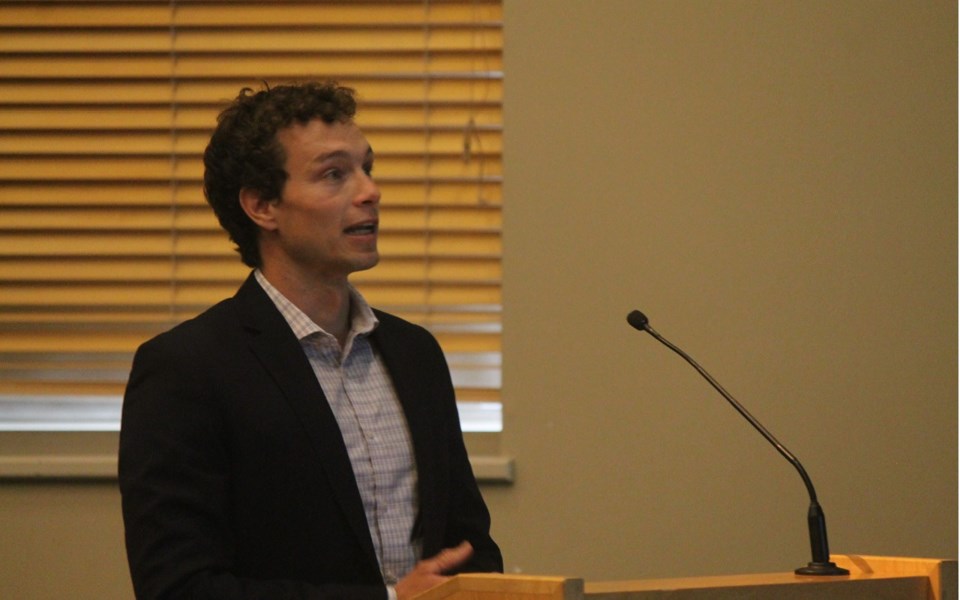For the first time since 2014, Whistler's greenhouse gas emissions fell in 2018, to the tune of three per cent—but hitting the community's 2020 emission reduction goals remains out of reach.
Nevertheless, Maximilian Kniewasser, the Resort Municipality of Whistler's (RMOW) new climate change coordinator, is seeing some positives after his first month in the job.
"Whistler has challenges in terms of achieving its climate targets—we're not on track, as with most other jurisdictions—but I'm so far really impressed by some of the action that has been taken," Kniewasser said in his first presentation to council on July 23, pointing to things like the efforts of the Transportation Advisory Group (TAG) to get people out of their cars, or switching the resort's biggest energy-consuming buildings to lower GHG-intensive systems.
"These are big initiatives. They didn't happen by themselves, they required a lot of leadership and vision, and I think we're in a lot better space because of that, and I'm excited to build on that."
But Kniewasser will have his work cut out for him.
While Whistler averaged greenhouse gas reductions of about 3.8 per cent annually from 2008 to 2012, the resort averaged a 4.7 per cent increase in total emissions from 2014 to 2017.
To get back on track towards the community's emission-reduction targets (33 per cent by 2020, 80 per cent by 2050 and 90 per cent by 2060), the RMOW will need to address emissions from passenger vehicles (which alone account for 56 per cent of emissions locally) and natural gas use, Kniewasser said.
"Together these two sectors, passenger vehicles and natural gas in our building stock, account for 90 per cent of our total GHG emissions," he said.
"So if we want to get back on track to our targets, we need to focus on strong implementation, strong policy in these sectors."
While Kniewasser commended the work of TAG, highlighting a 77-per-cent transit ridership increase on weekends since 2016, there remains much work to do on passenger vehicles, he said.
"Instead of reducing emissions by about 90,000 tonnes, what's needed to be on track to our targets, emissions actually increased by 7,600 tonnes, or 12 per cent compared to 2007, and that's really important because that gap between actual emissions and the targets actually explain 85 per cent of the total gap towards our targets," he said.
"So really passenger vehicles [are] why we're off track onN-GHG RE our targets and why we're off track by such a material margin."
There are some encouraging trends to note, Kniewasser added: both the federal and provincial governments have prioritized climate change, meaning municipalities have greater access to funds, while technological advancements are moving faster than first predicted.
Kniewasser pointed to the cost of batteries for electric vehicles, which have dropped 85 per cent in the last nine years, as just one example.
"This is wildly outperforming even the most optimistic assumptions from a few years ago, so this is really exciting to see," he said.
Moving forward, the RMOW will need to focus on increasing energy efficiency and conservation, as well as a broader adoption of cleaner energy sources, Kniewasser added.
Read more at www.whistler.ca/climatechange.




